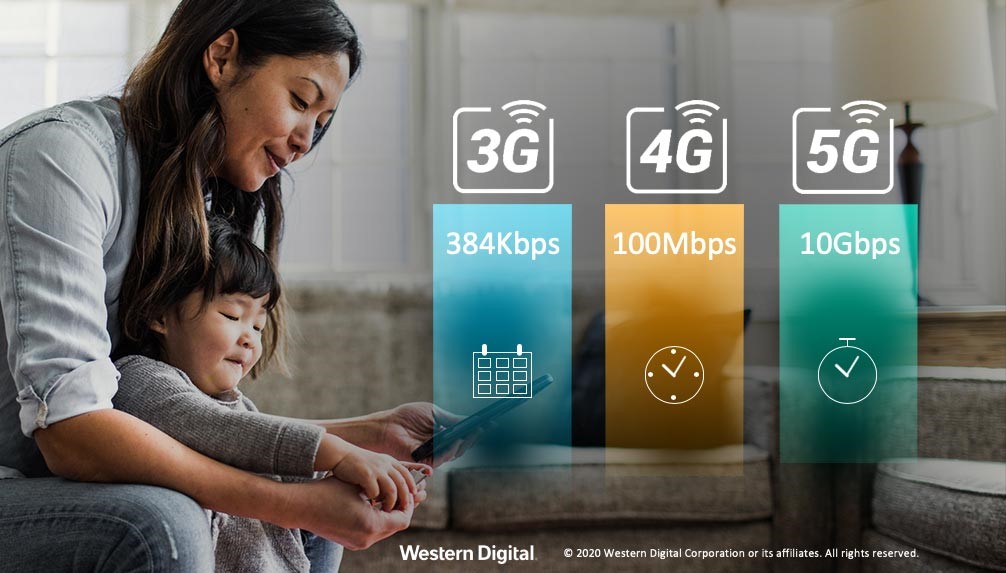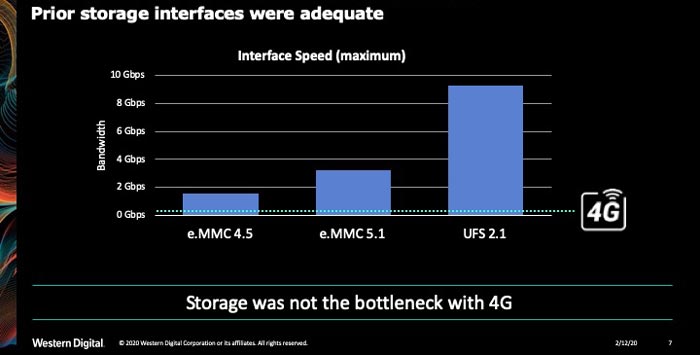5G Turbo Speeds? We First Need to Remove the Bottlenecks
It seems every industry and consumer is awaiting the true 5G wireless network rollout, and that’s for good reasons. Download speeds 100 times faster, 4-5x reduced latencies, are just some of the benefits we’ll see with 5G vs. 4G capabilities. Yet taking advantage of these speeds comes with as many challenges as promises.
The Impact of 5G
5G is not just about downloading movies faster (although, you’ll be able to download 4K and 8K content in a snap of a finger!). The speed of the network and its massive capabilities will change what we can do with all kinds of mobile devices. Much of it will not just be about consuming content, but rather about creating and sharing it.
Although we are some steps away from the all-independent self-driving car, connected cars are getting smarter and omnipresent by the day. Inspired by rich mobile user experiences, cars are evolving into mobile devices with high resolution screens, customizable interfaces, the ability to update and install applications, and more immersive features. With sensors, cameras, safety and entertainment features, cars are becoming a massive data creation hub, which will enabled by 5G networks.
Let us not forget the wider world of sensors, machines and connected devices. There are more networked devices than people in the world, and by 2022, some predict there will be almost twice the machine to machine (M2M) connections for each member of the global population.[1] Every market segment will see a growth of 5G-enabled devices.
But here is where things get complicated.
Why We Need Architectural Changes
Clearly, 5G will bring on new types of very high-performance applications – from gaming to AR/VR, machine learning and AI. Yet these applications can only exist if they have the hardware to support the performance levels they require. Your 5G experience will be reduced to the characteristics of the weakest link.
Up to 100x faster, 5G performance enables new use cases only if applications and architecture evolve
The challenge is that many of today’s common hardware interfaces, such as e.MMC, lack the capabilities to move data as fast as 5G connectivity. In order to enable the 5G era we’re going to see some fundamental architectural changes.
5G and Storage Bottlenecks
Storage was not the bottleneck for 4G networks. Far from it. Devices that relied on a 4G link could take advantage of all existing common storage interfaces and easily saturate their link – shown quite clearly in the figure below.
However, this changes dramatically with 5G. The interface known as eMMC 5.1 is insufficient. A new interface, UFS 2.1 is close, but it can become a bottleneck to performance in certain conditions. Remember, the trend that we’re seeing is a focus on the creation and sharing of data, not just reading or storing it.
Removing Hardware Bottlenecks
Our goal is to make sure that our part in the data path is never the limiting factor for the user experience. We’ve spent a lot of time working on real-world use cases and finding innovative solutions to enable 5G’s full potential through smarter storage.
Our latest iNAND® EU521 embedded flash drive that was announced today for smartphones and tablets, meets the JEDEC standard for UFS 3.1, which is specifically tailored for mobile applications and computing systems requiring high performance and low power consumption.
One of the features of UFS 3.1 is the implementation of Write Booster, an approach leveraging SLC (single-level cell) NAND caching to boost write speeds, while taking advantage of multi-level NAND to achieve better cost efficiencies. Our implementation of Write Booster is supported by our SmartSLC caching technology, which is already in its 6th generation, and has been proven successful with hundreds of millions of handsets around the globe.
This is our 6th generation SmartSLC solution. We first pioneered this approach with JEDEC and the industry, and it is now being standardized under the UFS 3.1 standard.
As we all know, device performance degrades as storage utilization approaches 100%. One of the advantages of our unique approach to SmartSLC is that it enables high performance even as the user fills the device to capacity. Using this technology the iNAND EU521 removes the performance bottleneck and helps the storage write speed keep up with 5G network download speeds, at up to 800MB/s[2] of Turbo Sequential Write speed, and provides a superior user experience.
The Future of 5G and UFS
5G has fundamentally changed our thinking about storage design and our work with the ecosystem. There are questions of connectivity, latency (how quickly can we get data onto devices), cost (how to economically manage terabytes of data), power (writing data requires a lot of energy) and privacy that require us to rethink how we move data more efficiently and help unlock more value.
We need to make sure that hardware will not be a limiter of 5G capabilities. That’s why we’re taking high speed storage to the next level. With the iNAND MC EU521, we’re giving mobile device equipment manufacturers a 5G market-ready solution. Developers and consumers, get ready to reach the full potential of 5G!
Learn more
• Learn more about the iNAND® EU521 embedded flash drive.
• Watch Huibert Verhoeven as he shares how we’re enabling new storage capabilities in automotive, mobile, and IoT/Industrial environments at Storage Field Day:
[1] https://www.cisco.com/c/en/us/solutions/collateral/service-provider/visual-networking-index-vni/white-paper-c11-741490.html
[2] As used for transfer rate, 1 MB/s = 1 million bytes per second. Based on internal testing; performance may vary depending upon host device, usage conditions, drive capacity, and other factors.
Forward-Looking Statements
Certain blog and other posts on this website may contain forward-looking statements, including statements relating to expectations for our product portfolio, the market for our products, product development efforts, and the capacities, capabilities and applications of our products. These forward-looking statements are subject to risks and uncertainties that could cause actual results to differ materially from those expressed in the forward-looking statements, including development challenges or delays, supply chain and logistics issues, changes in markets, demand, global economic conditions and other risks and uncertainties listed in Western Digital Corporation’s most recent quarterly and annual reports filed with the Securities and Exchange Commission, to which your attention is directed. Readers are cautioned not to place undue reliance on these forward-looking statements and we undertake no obligation to update these forward-looking statements to reflect subsequent events or circumstances.







